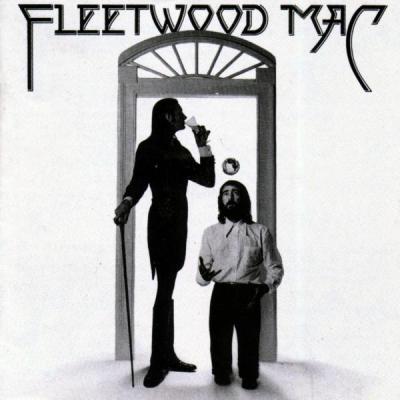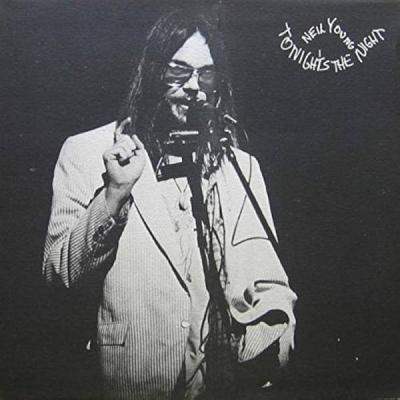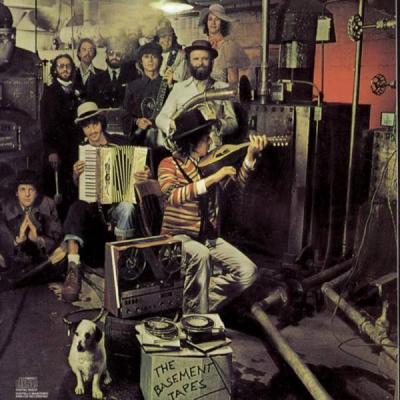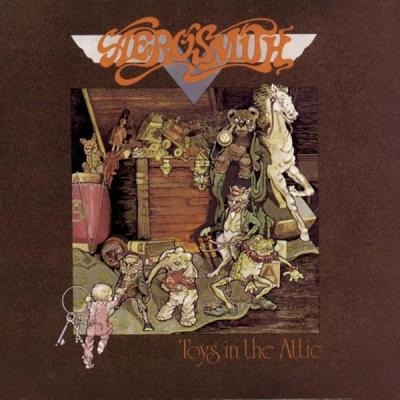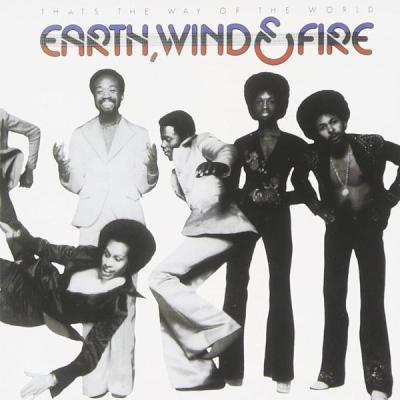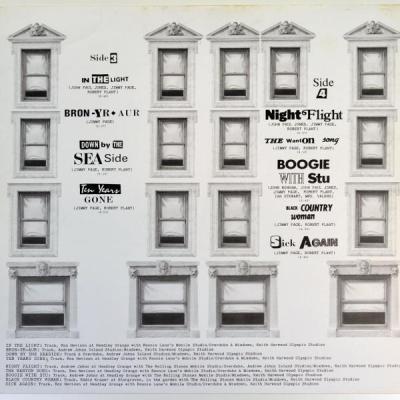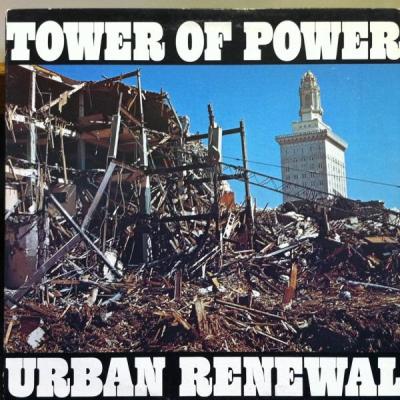

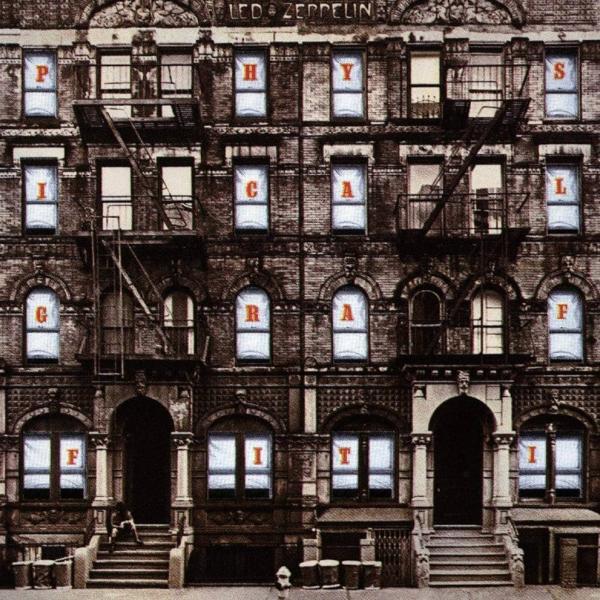
Led Zeppelin: Physical Graffiti - Part 1
Album #242 - February 1975
Episode date - March 12, 2025
Is there a deliberate correlation between each Led Zeppelin album as they were released? In other words, was there a ‘master plan’ that caused them to move from ‘A’ to ‘B’ with some forethought regarding their ultimate direction toward their historical relevance?
I suppose it’s an odd question, but the same could be (and has been) said about the Beatles, the Rolling Stones, et al., but in their case, I think there has been enough analysis to say that they all did develop within the expectations of their times. However, in the case of Led Zeppelin, the question is, were they simply producing music within the scope of their times, or did they have some unique vision that suggested predestiny?
The answer is buried in their double album. The Beatles released a double album when, at the peak of their power, they felt that their relevance might be waning. Four years later, The Rolling Stone did the exact same thing. It’s interesting to consider that perhaps Led Zeppelin were doing the same thing on some level. In each of these examples, the audience was introduced to a looser version of the band - devoid of overt production values, or a deliberate need to reinvent…it’s just the sound of a band being the ‘presence’ in an environment that holds …’no quarter’. Regardless of your opinion regarding Led Zeppelin, you must recognize that in 1975, they held the cards regarding what was front and center in our musical culture. Listen closely to “Physical Graffiti” with a sense of critical appraisal and determine for yourself if it lands as a product worthy of the “White Album” or “Exile on Main Street” - because that is what it was determined to be.
Featured tracks include:
Custard Pie
The Rover
In My Time of Dying
Houses of the Holy
Trampled Under Foot
Kashmir
February 1975 - Billboard Charted #1
Related Shows


